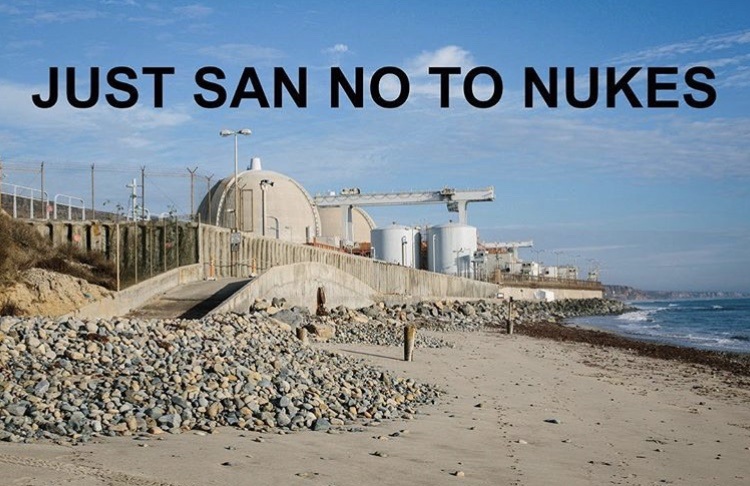Loose Bolt Found in San Onofre Nuclear Waste Canister
April 23, 2018
A loose bolt was discovered at the San Onofre nuclear plant on a canister holding nuclear waste.
“Our first step was to confirm this fabrication change poses no safety risk to workers or the public,” said Tom Palmisano, chief nuclear officer and VP of Southern California Edison (SCE), the company that controls the electricity for the region.
Located only 100 feet from the coastline, two nuclear reactors known as the San Onofre Nuclear Generating System (SONGS) generated about 3.6 million pounds of nuclear waste in its running. There is concern that too much waste could result in a higher probability of it leaking.
SONGS holds nuclear waste bolted shut in thin steel canisters. These canisters are soon to be transferred underground after undergoing a cooling process.
Many are concerned about the effects this action may cause, especially because the plant sits on unstable ground near an active fault line, in a tsunami zone, and above the Pacific Ocean’s corrosive salt water table.
Jennifer Manfre, a spokeswoman for Edison, said, “We understand the public’s interest in this, and we want the public to know that this plant is safe and that we are also committed to learning from Fukushima and incorporating that into our program. We are constantly learning, evaluating and incorporating.”
.
In November, a protest was held in Laguna Beach and another was held last month in San Clemente to voice urgency of this environmental issue. Many carried signs, including some that said “People power over nuclear power” and “No nuclear waste storage in my backyard.”
A local surf company called San Onofre Surf Company is currently protesting along with many others to change the location of where the waste will be stored. On their website, they have written an article asking for others to support the cause by purchasing a tee shirt that reads “Just San No To Nukes.”
SONGS was originally scheduled to be completely decommissioned in 2012 due to leaked radiation from the plant, but the process is still occurring. It is planned to be going underground this year at the earliest.



